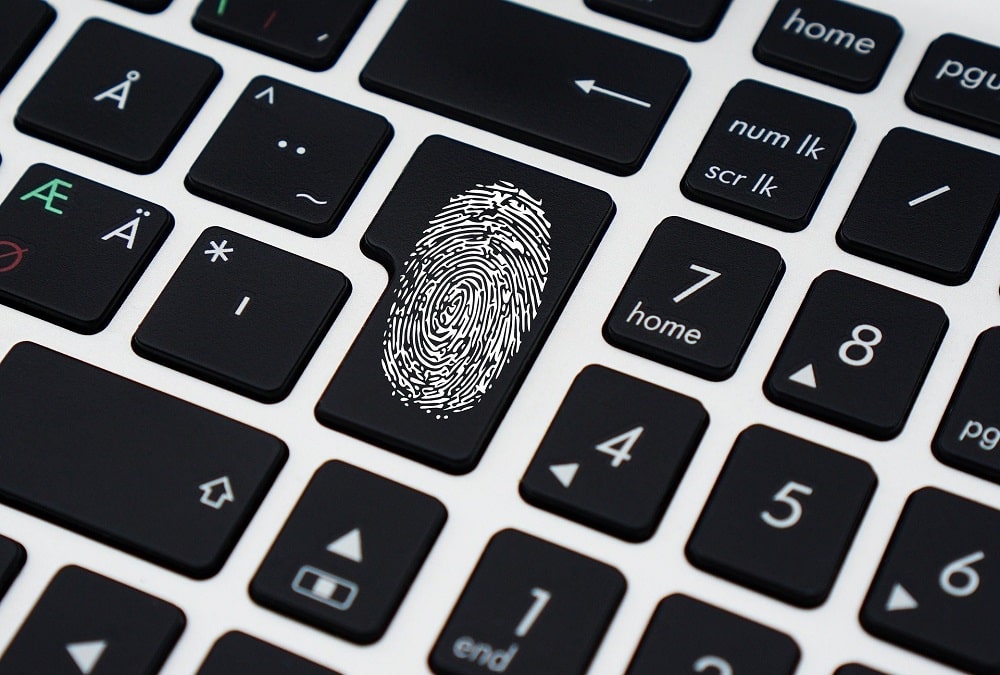Fingerprinting, Spoofing & Privacy: How device fingerprinting can help reduce fraud?
Fraud has been a significant problem in many industries through the decades but never more so than since the rise of the social networks. It has provided us with hours of fun and ways to make our lives easier but it has also provided cyber-criminals with a whole new playground. And as our life on the internet is becoming bigger and bigger it is no surprise that criminals have also found a way to transfer their crimes online. This is why cyber-attacks have become a bigger danger than they were in the past. Especially now, due to the COVID-19 pandemic, Internet has become our answer for everything, from shopping to social interactions. FBI’s Internet Crime Complaint Center has reported a major increase of 300% in reported cybercrimes since the beginning of the COVID-19 pandemic.
Luckily different cyber specialists are constantly working on inventing new ways to keep up and fight against those cyber fraudsters. One of those ways is device fingerprinting which is useful in identifying fraud in the early stage.
According to SEON device fingerprinting is powerful, but it is useless without the right insights. All businesses regardless of their size need to educate themselves regarding different types of cyber-attacks and steps they can take to defend themselves.
What is Device Fingerprinting?
Device fingerprinting also known as browser fingerprinting is a process of identifying a device or a browser by determining its specific and unique configuration. It will create a unique fingerprint for each user by determining the IP address, Operating System (OS) and other information about the device including the language, screen resolution and time zone, browser plugins, HTTP request headers, Silverlight data, Flash data provided by a Flash plugin and much more. All of these different elements create too many variables which makes it unlikely that two devices will have the same fingerprint.
It might sound technical and mysterious but it is quite simple.
Think about it like this, just as each person has their unique fingerprint, their smartphone or a computer will also have one. Even if other people have the same device, they will not have the exact configuration that you have, you will use a different browser, install a different set of plugins, use a different language or live in another time zone. That makes your device unique just as your fingerprint makes you.
How can Device Fingerprinting help to reduce fraud?
Currently, device fingerprinting is most widely used for analytics and ad tracking. By using device fingerprinting companies can keep track of unique and return visitors and also target those users with personalized ads. This type of device fingerprinting we are all familiar with. Happens to all of us daily when we are searching online for one item and then later when we forget about it an ad will pop up for that same item, or when you are a new visitor to a site and you see the ad offering the deal on the first order.
But device fingerprinting can be used for so much more, and already many other industries are using it to track down cyber fraudsters and stop spoofing attacks. With spoofing attacks, the cyber-criminal will be disguised as the trusted source which is why a lot of people fall for these types of cyber-attacks. Device fingerprinting can put the end to it.
One example of device fingerprinting can be found on Coinbase, a cryptocurrency exchange platform. As per their website Coinbase uses Device Verification, a security feature that requires all devices and IP addresses to be authorized before accessing your account. The website will remember your device fingerprint and use it to fight any spoofing attacks or any other types of cyber-attacks. Any time the change is made on the device that might make device fingerprints differ, Coinbase will ask the user to re-authorize a device ensuring the safety of the user.
Banks and financial institutions have also been using device fingerprinting to fight against fraud by confirming the person who is trying to log into the account has the same device fingerprint that has been used during the previous login.
Device fingerprinting is even being used in e-commerce to determine if the order is fraudulent and should it be cancelled. There is no limit to its use. In the near future it will become even more a crucial tool in fighting online fraud.


























